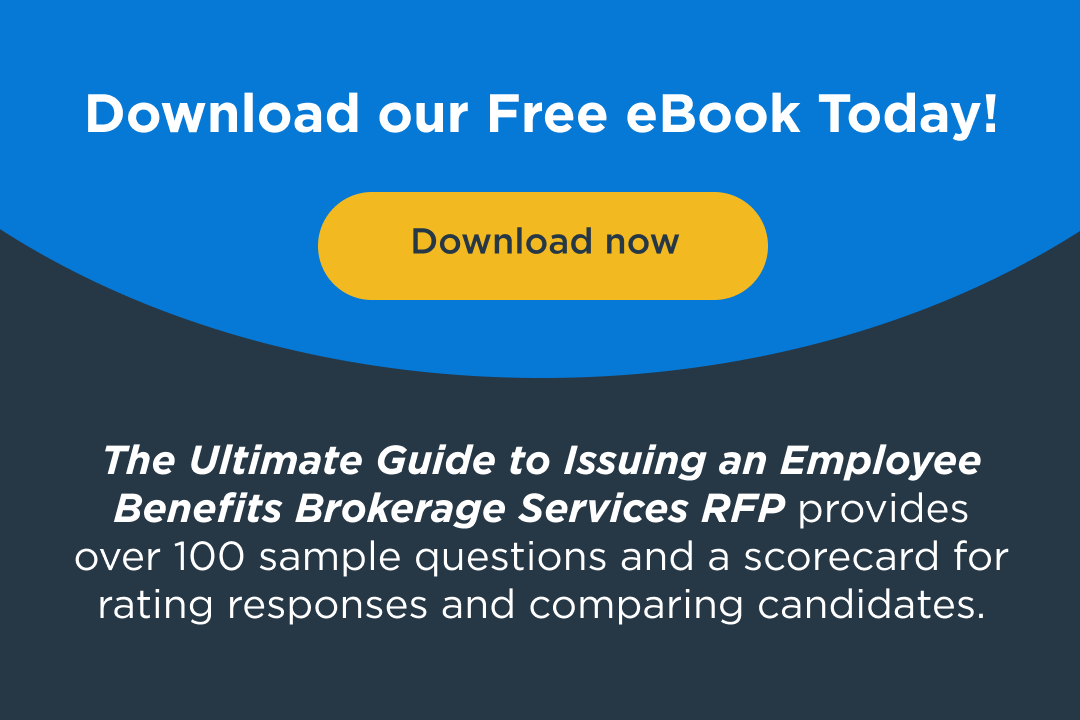A Decade of HDHP Adoption: Trends and Insights for HR Professionals
May 22, 2025

Over the past decade, High-Deductible Health Plans (HDHPs) have seen significant shifts in employer adoption and employee enrollment. Initially embraced for their cost-saving potential, HDHPs experienced a steady rise in popularity, but recent years have marked a notable change in this trend.
A Decade of HDHP Growth and Recent Decline
Over the past decade, High-Deductible Health Plans (HDHPs) have seen significant shifts in employer adoption and employee enrollment. Initially embraced for their cost-saving potential, HDHPs experienced a steady rise in popularity, but recent years have marked a notable change in this trend.
HDHP Enrollment Trends (2012–2024):
- 2012: 34.3% of private-sector employees were enrolled in HDHPs.
- 2021: Enrollment peaked at 55.7%.
- 2022: Enrollment declined to 53.6%.
- 2023: Further declined to 49.7%.
- 2024: Continued decline to 48% of covered workers enrolled in HDHPs with a savings option.
Factors Influencing the Shift
- Employee Financial Concerns: The COVID-19 pandemic heightened awareness of unexpected medical expenses, leading employees to reconsider plans with high out-of-pocket costs.
- Employer Strategy Adjustments: Data indicates a decrease in employers offering only HDHPs since 2020, reflecting a move towards more diverse health plan offerings.
- Regulatory Changes: The repeal of the “Cadillac Tax” in 2019 removed a significant incentive for employers to offer exclusively high-deductible plans, prompting a reevaluation of benefits strategies.
Implications for HR Professionals
For HR professionals, these trends underscore the importance of:
- Evaluating Employee Needs: Understanding the specific healthcare needs and financial situations of employees to offer suitable plan options.
- Diversifying Plan Offerings: Considering a mix of HDHPs and traditional plans to cater to a broader range of employee preferences.
- Enhancing Communication: Providing clear information about the benefits and drawbacks of each plan type to assist employees in making informed decisions.
As the healthcare landscape continues to evolve, staying attuned to these trends will be crucial in designing benefits packages that meet both organizational goals and employee needs.


